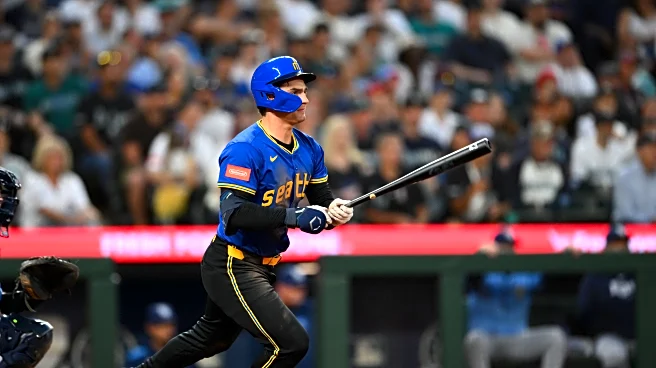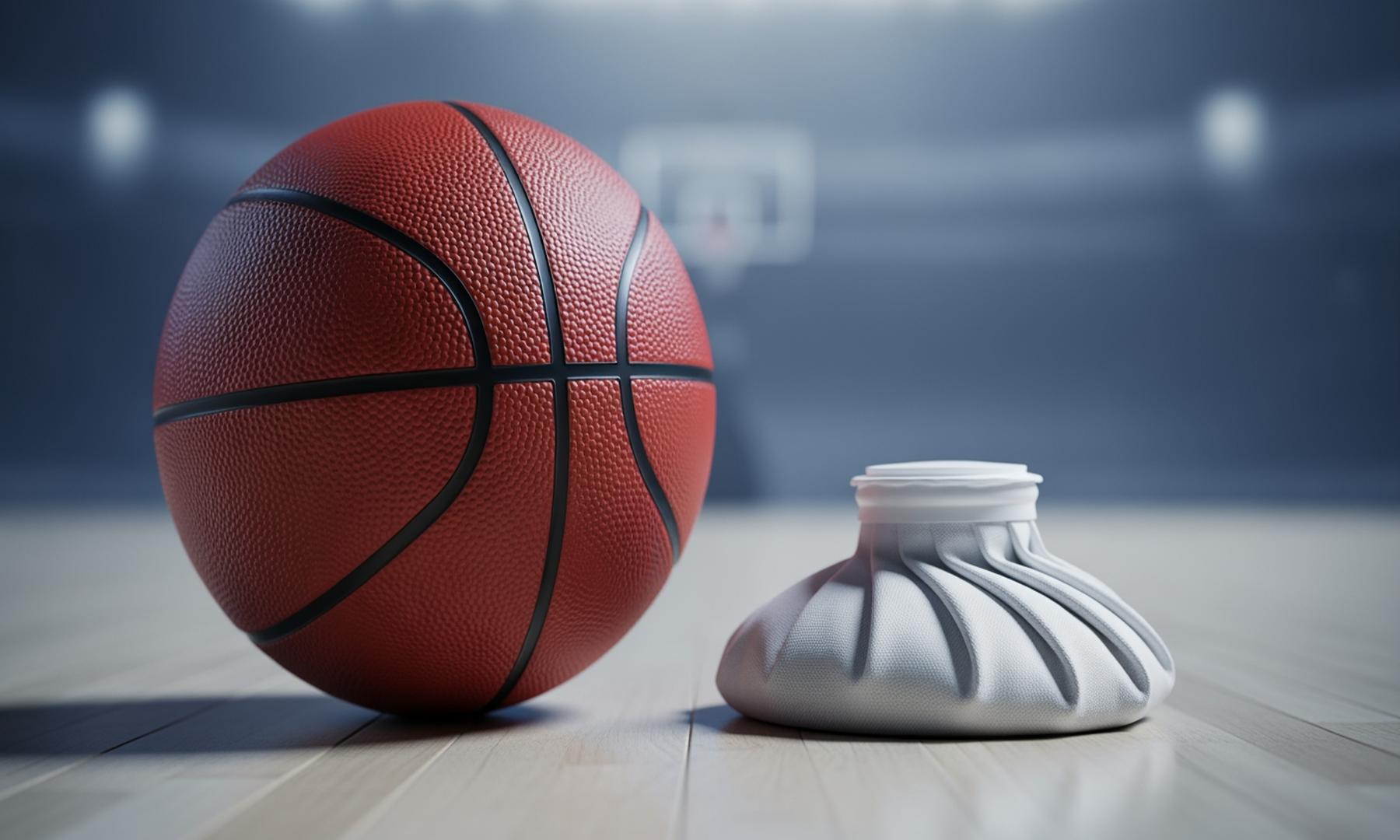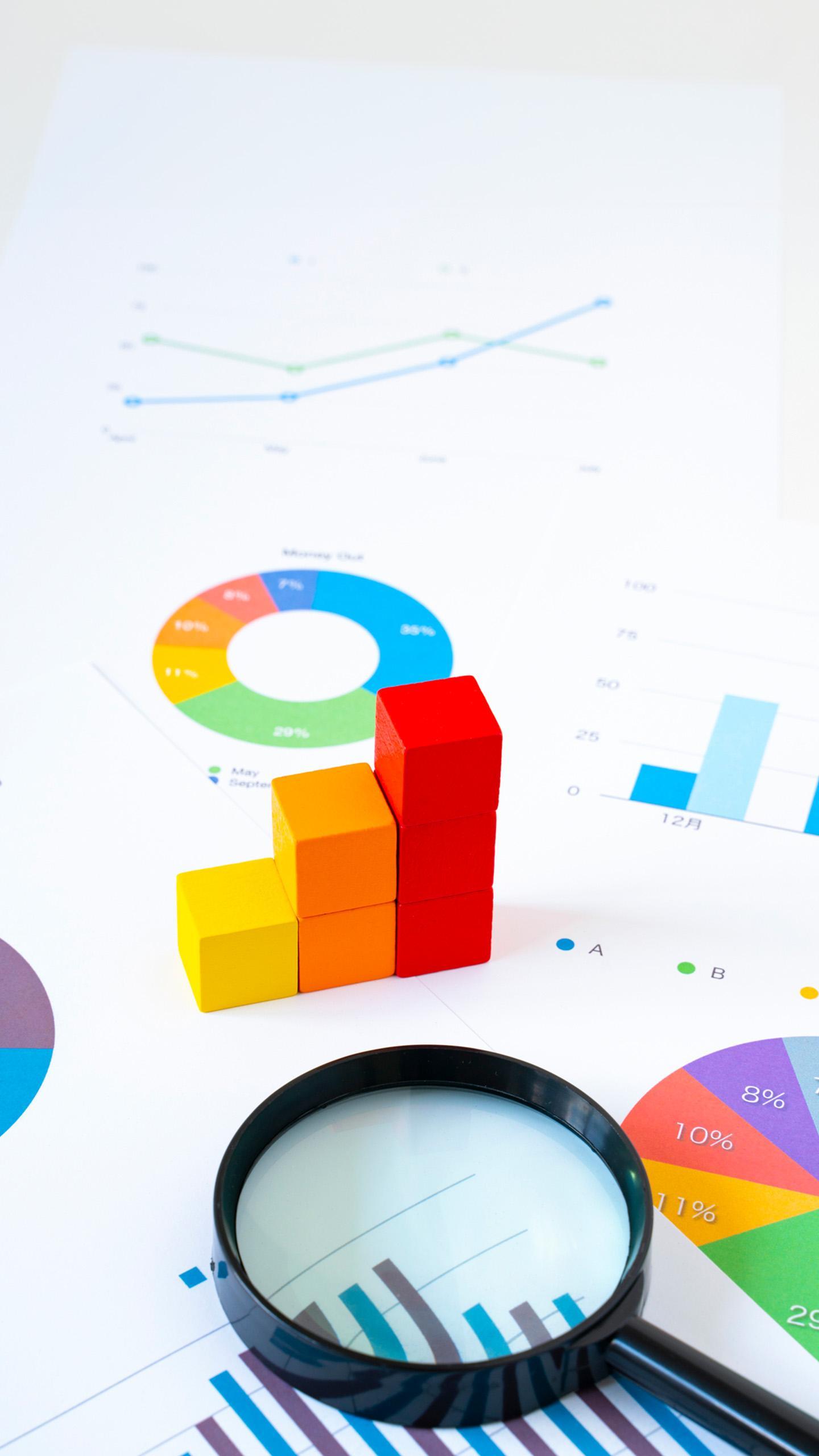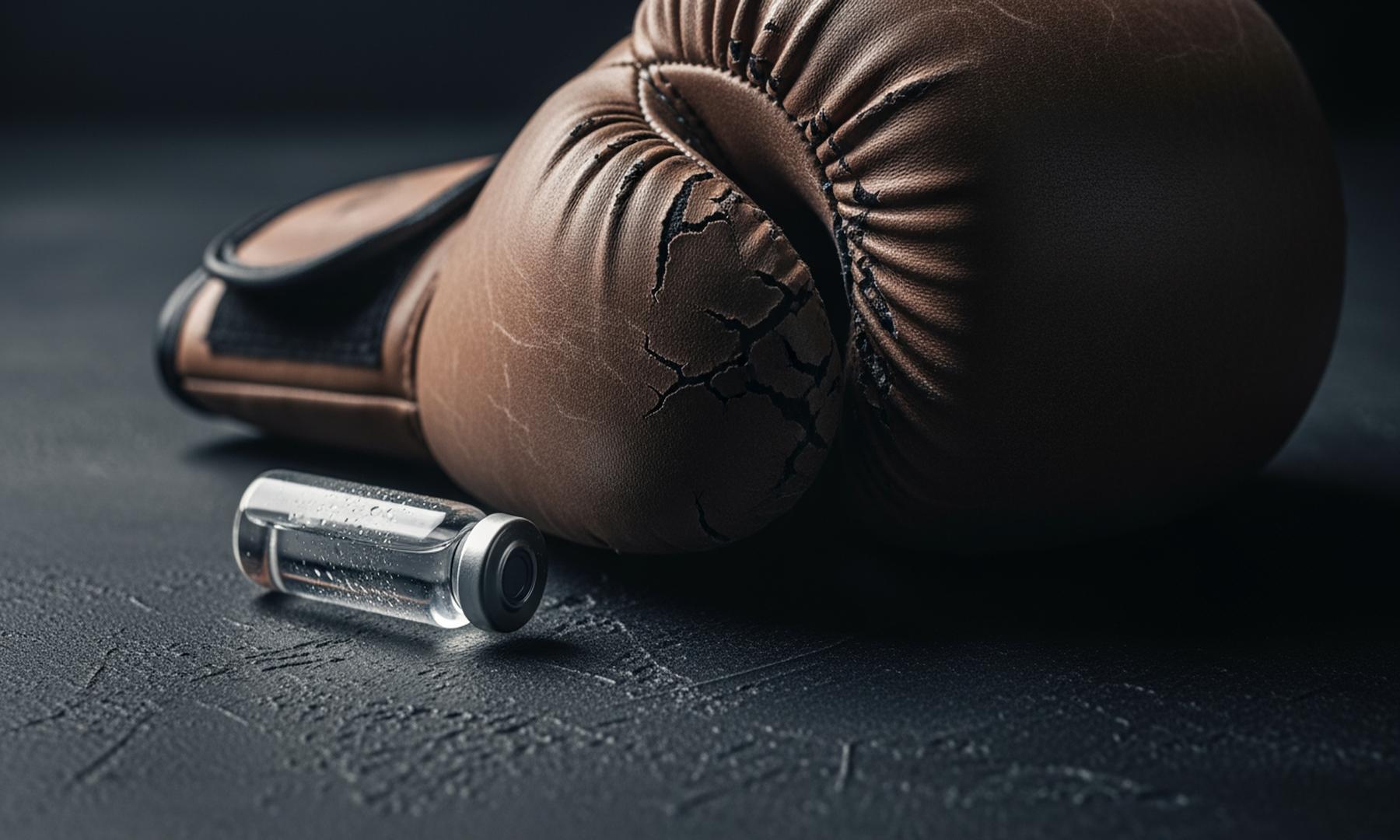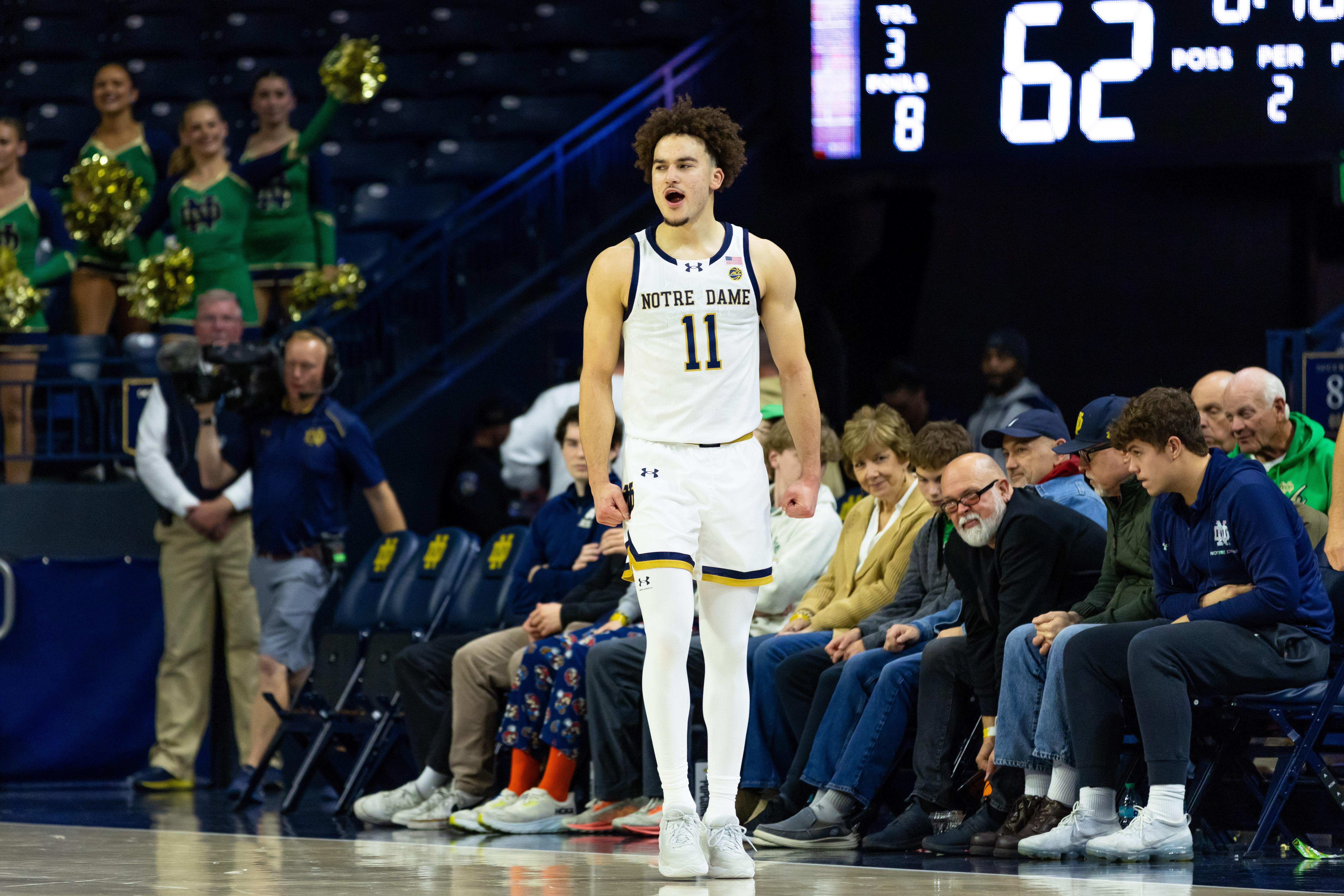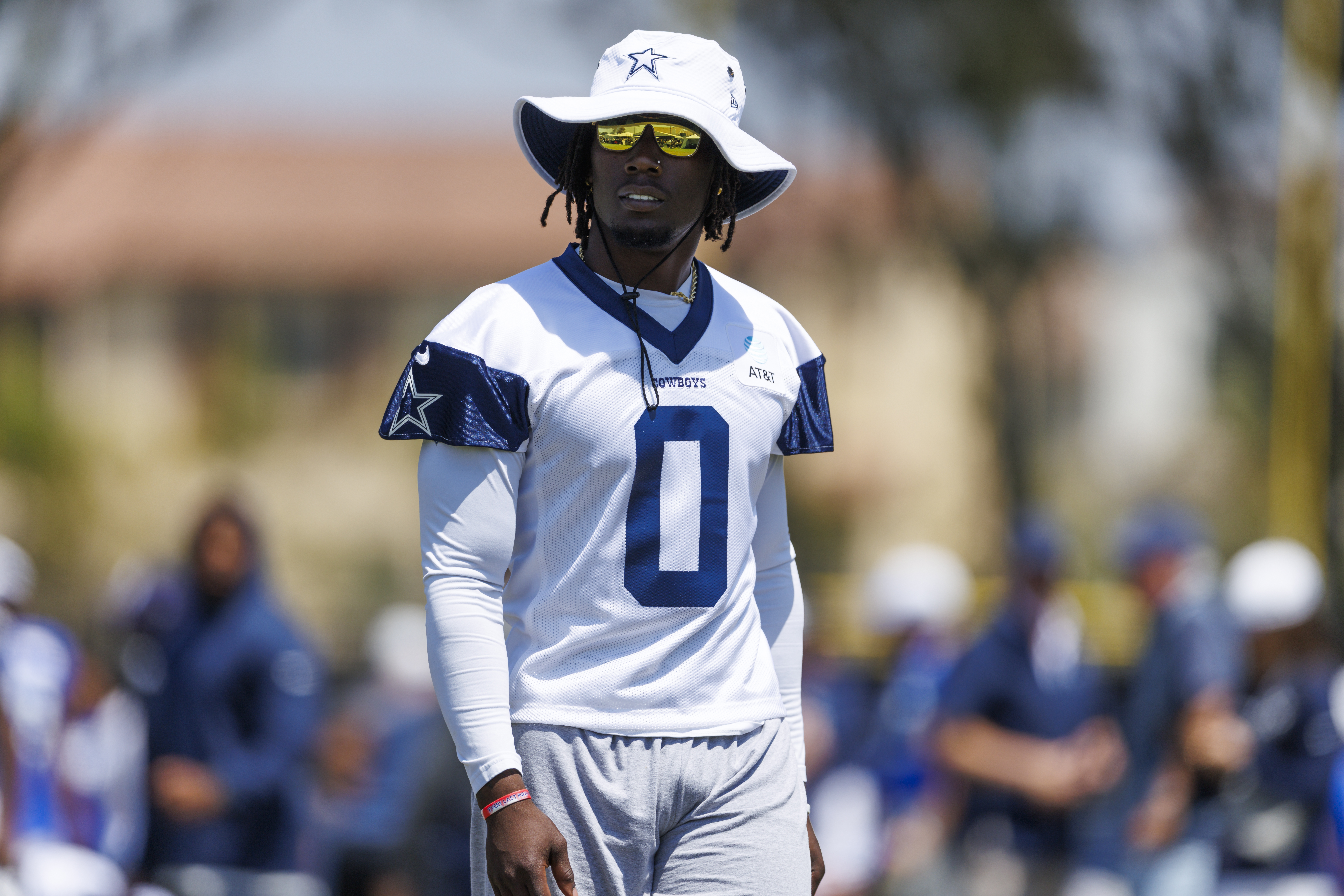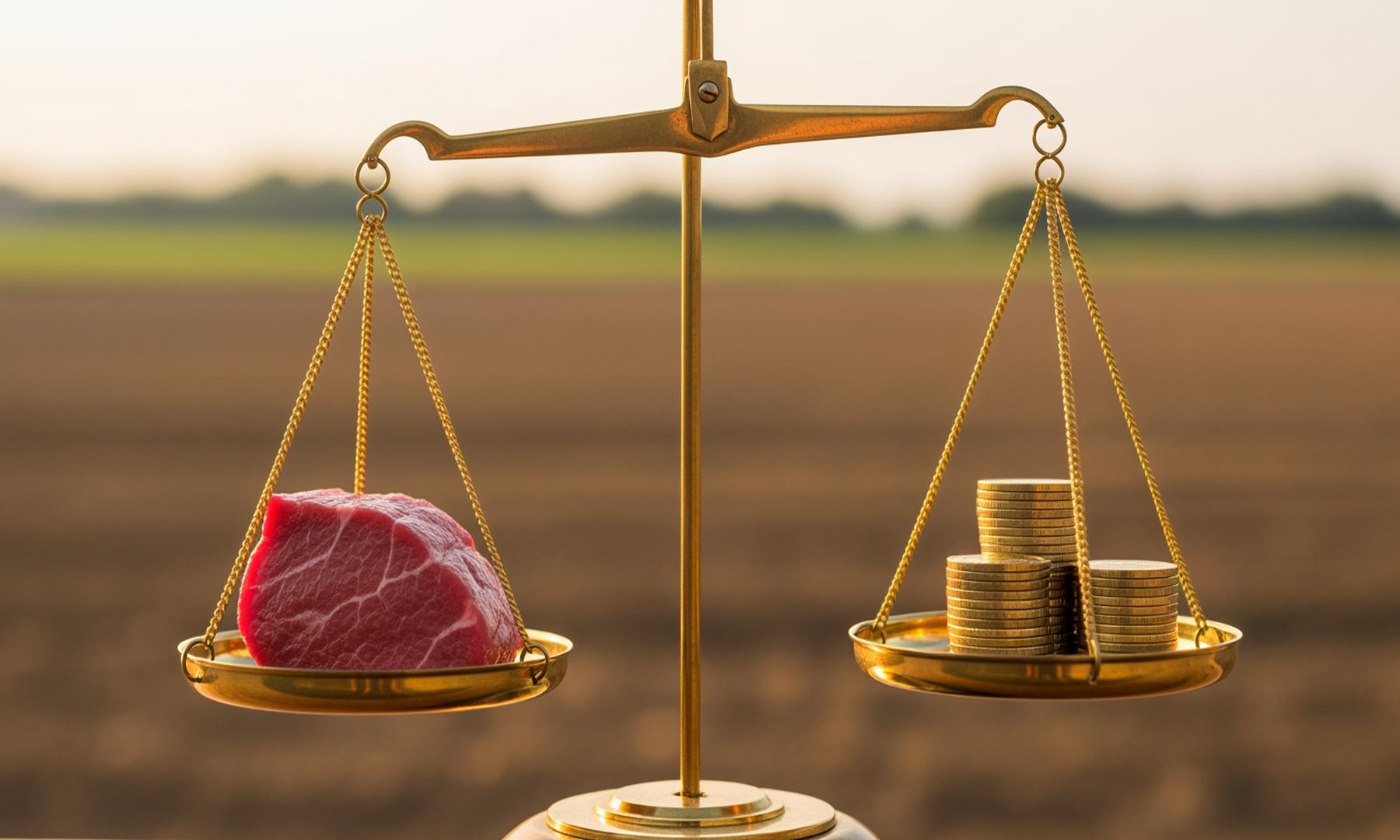For this week’s MaiLLbag, I’ve picked three questions and enlisted Max and Connor for an assist. If you asked a question in the site comments or on BlueSky and haven’t seen it answered yet, don’t worry,
I’ll get to it soon. If you have a question, feel free to leave it in the comments, send it to me on BlueSky, or email me at jake.mailhot[at]gmail.com.
“I would love you to have some fun: put together a three way trade between HOU, SEA and SD.”
Now this is a tough nut to crack. Not only are these three teams looking to compete in 2026, you’re also adding the complexity of an intra-divisional trade to the mix. Let’s go through each team’s needs real quick to see if there are any easy answers:
- With the departure of Framber Valdez, the Astros’ pitching staff is suddenly extremely thin. That’s their one big need this offseason.
- The Padres are in a similar boat; they desperately need some starting pitching and could also use some power in their lineup.
- The Mariners need help in the infield and possibly in the bullpen.
Because all three of these teams are in win-now mode, any trade is going to have to include major league talent swapping places. It doesn’t help to include a ton of prospects (not that San Diego has a ton of prospects left to trade after all their dealing this year). Please take this trade proposal with a huge grain of salt, but here’s what I came up with:
- Padres get: RHP Logan Evans, OF Dominic Canzone, INF Brice Matthews
- Astros get: RHP Joe Musgrove
- Mariners get: INF Jake Cronenworth, LHP Bennett Sousa, RHP David Morgan
For the Padres, this three-team swap serves two purposes: get out from under Cronenworth’s seven-year deal and move Musgrove’s $20m salary in 2026 and ‘27. That should give them some payroll space to be aggressive in the free agent market if they want. Evans gives San Diego a solid back-end starter who can eat innings for the foreseeable future — he’s not the ace they want but clearing all that payroll should allow them to go after one of the big free agent starters. Matthews is a younger replacement for Cronenworth with the huge tools that the Padres covet, and Canzone provides the power the Padres desperately need at designated hitter.
Musgrove has ace-level stuff, but he’s returning from Tommy John surgery and he isn’t guaranteed to return to his best self. Houston is familiar with Musgrove and the team is no stranger to helping starters rehab through significant injuries. It’s a risk to take on the remaining two years on his contract but the ceiling could be high. I also tried to ensure the biggest pieces in the trade weren’t being swapped between Seattle and Houston, since that feels like it would add some unnecessary complexity to the negotiations.
For the Mariners, Cronenworth immediately plugs in at second base, could easily cover at shortstop if needed, and could slide over to first base if Cole Young or Colt Emerson force the issue at the keystone. His ability to get on base and make a decent amount of contact should help what was a weakness in the Mariners’ offense in 2025. The M’s would also pick up two solid relievers in Sousa and Morgan. Sousa gives them a second lefty killer to complement Gabe Speier and Morgan is a flamethrowing righty who was getting high-leverage opportunities during his rookie campaign this year.
In a nutshell, the Padres gain some payroll space, some youth, and some certainty on the pitching side of things, the Astros take on a bit of risk with the potential for a big reward, while the Mariners get some flexibility for their lineup and a much deeper bullpen. Will it actually happen? Absolutely not. —Jake
“I would love your take on whether Cole Young is just Adam Frazier 2.0. I watch Cole’s swing and just don’t see where the power will come from.”
Young’s game power is still very much a work in progress — his isolated power in MLB was just .094 — but there have been flashes of his raw power coming through. His maximum exit velocity was 114.1 MPH on this rocket of a home run on July 31st, and while his average exit velocity was a below-average 87.6, max EV is generally considered a better indicator of power potential. He’ll likely never be a 20-30 homer threat, but as he approaches his physical prime (remember, he’ll be entering his age-22 season next year) we should see that game pop start to make more appearances. —Connor
For what it’s worth, FanGraphs gave Young’s raw power a 50 grade (average) and his game power a ceiling of 45 (slightly below average) with a current grade of 35 in their preseason prospect write up. The mechanical changes the Mariners introduced in 2023 helped him hone his plate discipline and bat-to-ball skills, but I think they also caused him to work to really get to his power in game situations. Young’s ceiling is probably something a lot like peak J.P. Crawford — a good contact hitter with a good eye at the plate and he’ll have a few seasons where he’ll blast 15–19 home runs. Frazier famously didn’t hit a home run in three college seasons prior to being drafted — I assume his raw power and game power grades were much lower than Young’s as a prospect. Frazier did have a couple of double-digit home run seasons in 2018 and ‘19, but that was with the happy, fun, rabbit ball when everyone in baseball was hitting double-digit home runs. Simply based on Young’s max exit velocity Connor referenced above, his raw power is at least a full grade better than Frazier’s was. —Jake
“AquaSox fan here: which of the players from last season will be returning for a second season and who might be some new names showing up on Opening Day and the hoisting of their banner at Funko Field?”
As far as potential returners, I’d be quite surprised if Tai Peete ended up getting the promotion to Double-A in his current form. The offensive profile still needs to take a few leaps for him to get to where he needs to be, and frankly, I think he’d really struggle against the uptick in stuff you see in the Texas League. Farmelo is more of a toss up considering he’s getting reps in the Fall League and looking good, but maybe they give him a little extra seasoning in Everett. Felnin Celesten will assuredly be with the team again as well and should be the everyday shortstop for at least the first half of the season. In terms of the rotation, I’d be looking forward to watching Ryan Sloan and Christian Little pitch for the Frogs; that’s a two headed monster that could lead a championship team.
Fortunately for you and your fellow Frogs fans, the newcomers are arguably just as exciting! Last year’s Comp A pick Luke Stevenson laid waste to the California League and has the potential to be the best bat in the lineup while showing off some of the best catching defense you can find. He just might hit fourteen million homers over the short porch in right field. Fellow 2025 draftees Aiden Taurek and Korbyn Dickerson also seem like candidates for the bump to Hi-A and would add to an already impressive lineup, though there’s a world where the rotation outperforms the potent offense regardless. Walter Ford, Aiden Butler, and potentially Matt Tiberia could join the aforementioned Sloan and Little to make a truly nasty rotation that wins the AquaSox a whole lot of games. It’s a great time to be an Everett fan! —Max
Quick Hitters
1. What is your favorite/go to stat, and why?
I like stats that are able to tell a full story without much explanation or wider context. For hitters, that’s wRC+. It’s indexed to 100 so any point above or below that mark is a percentage point above or below league average. It also takes league and park context into account so that you’re able to compare players across years and leagues without having to add caveats to your analysis.
For pitchers, you really can’t go wrong with the good old strikeout-to-walk ratio. For such a simple statistic, it’s nicely descriptive and it’s incredibly predictive of future success.
2. Possibly SSS because, playoffs, but it feels like many of the playoff starting pitchers had either a split finger or split change type of pitch. They were also getting a lot of called strikes below the zone. Do you feel like the [automated ball-strike] challenge system will affect the effectiveness of this pitch?
You’re not wrong about seeing so many splitters in the playoffs. It just happens that four of the 12 playoff teams were in the top 10 in splitter usage during the regular season and the team that led the league in splitter usage (the Blue Jays) made it all the way to the World Series. As for called strikes on those low splitters, during the regular season, 51 splitters (0.2%) were called strikes even though they landed below the strike zone. In the postseason, there were four and three of them came against the Mariners and two of them were called against Jorge Polanco. The ABS challenge system should help to tighten up the strike zone and give batters an opportunity to overturn egregious calls like those two splitters to Polo in the ALCS.
Do you have any questions about the Mariners you want answered? Or any questions about the wider baseball world? Ask away!
- Leave a comment below
- Find me on BlueSky
- Send me an email
